
Department of Sanskrit
About the department
On the auspicious day of the 26th January, 1968 the foundation stone of this Mahavidyalaya was laid by His Holiness SRI SRI SWAMI SWARUPANANDA PARAMAHANSA DEVA.
Department of Sanskrit along with other major faculties of this Mahavidyalaya started its journey and come into existence in the year 1970 and affiliated to the University of Calcutta and now to the Vidyasagar University, Paschim Medinipur, West Bengal with a mission to elevate the darkness ( highlighting the sacrsed versee Asato ma sadgamaya ) amongst poor and deserving pupil of the south-east region of the district.
Initially, learned educationist, donors of this sacred Alma mater, well-wishers of the area adopted a symbiotic role for manifestation of the potentiality of the young learners and introduced Sanskrit subject keeping the traditional sanctity of Indian culture and heritage and infrastructural pillar of all the vernacular in mind. As such during the period, Development of Sanskrit bloomed with the fragrance of knowledge and wisdom. During the time learned scholars enriched the department with their utmost effort to justify the vision and mission on the Institution and extended their service to teach Honours, General and courses of 12 classes.
During the smooth progress of the Department with its highest efficiency, Department of Higher Education, Govt. of West Bengal as well as Vidyasagar University bestowed Post Graduate studies to impart its classes since 2017.
Being a Post graduate Department, Department of Sanskrit arranges Seminar, Symposia workshop in its own capacity with the general support by the authority of the college. Apart from symposia, Seminars, Departmental day to day activities initiated to enhance the qualities of the Department.
Department expanded its wings with the faculty member like Dr. Bhaba Shankar Mukherjee, H.O.D., P.G. Department of Sanskrit, Dr. Gagan Chandra Dey, an erudite Associate Professor, very much vocal in Sanskrit and efficient scholar of Paninian School, Prof. Sumanta Chowdhury, a Sanskrit Grammarian guided by the ideology of Ramakrishna Mission, Prof. Supriya Sui newly entrant Assistant Professor of Philosophy school impart their effort for the betterment of the Department.
Besides the said faculties, State Aided College Teachers like Dr. Tathagata Das an Alumni of this Department, Prof. Susmita De also an Alumni of this Department, Prof. Nimai Santra, Prof. Krishnendu Das qualified themselves with U.G.C. approved degree like Ph.D., NET, SET etc afford their endeavour to the interest of the Department.
Course Offered
Three years Degree Courses (for both General and Honours) are offered (old pattern) Part I at the end of 1st yr.Pt II at the end of 2nd yr and Part III at the end of 3rd yr.
B.A./ B.Sc./B.Com (Honours and General) 3 year Degree Course under choice Based Credit System (C.B.C.S.) (New pattern)
Curriculum for Pt. I ( Old ):
| General: | Three elective subjects of 100 marks each |
|---|---|
| Honours: | a) Two elective subjects of 100 marks each b) Two papers namely 1st” and 2nd paper of 100 marks each in Honours Subject. |
Curriculum for Pt.II:
| General: | Three elective subjects of 200 marks each. |
|---|---|
| Honours: | a) Two elective subjects of 200 marks each. b) Three papers of 100 marks each in Honours Subject. |
Curriculum for Pt.III:
| General: |
|
|---|---|
| Honours: |
|
For a paper of 100 marks in part-I/ part-II & part-III in examination, Questions are set for 90 marks and 10 marks are as. Internal.
[SAID CURRICULUM SHALL BE TERMINATED AT THE END ACADEMIC YEAR-2020]
Old Syllabus : Sanskrit (Hons.):
Part – I : Paper -I : General Grammar, Composition & Metrics:
| Sl. No. | Subject | Marks | Subject taken by |
|---|---|---|---|
| 1 | General Grammar – Special emphasis on
|
30 | Gagan Chandra Dey |
| 2 | Bhattikavyam of Bhatti [Canto -II] | 25 | Gagan Chandra Dey |
| 3 | Chandomanjari of Gangadasa (Samavrttas only) | 15 | Bhabasankar Mukherjee |
| 4 | Translation from English or Bengali into Sanskrit language & Devanagari scripts | 10 | Gagan Chandra Dey |
| 5 | Essay in Sanskrit language & Devanagari scripts | 10 | Susmita De |
| 6 | Internal Assessment | 10 | Gagan Chandra Dey -19.12.2016 Gagan Chandra Dey -09.03.17 |
Part – I : Paper – II : Drama and Dramaturgy:
| Sl. No. | Subject | Marks | Subject taken by |
|---|---|---|---|
| 1 | Svapnavasavadattam of Bhasa | 30 | Susmita De/Sumanta Chowdhury |
| 2 | Abhijnanasakuntalam of Kalidasa | 40 | Bhabasankar Mukherjee |
| 3 | Sahityadarpanam of Visvanatha [Chapter – VI] | 20 | Tathagata Das |
| 4 | Internal Assessment | 10 | Susmita De -15.12.2016 Bhabasankar Mukherjee –10.03.2017 |
Part – II : Paper –III : Prose and Poetry:
| Sl. No. | Subject | Marks | Subject taken by |
|---|---|---|---|
| 1 | Kadamvari of Banabhatta [Mahasvetavrttanta] | 20 | Bhabasankar Mukherjee/Sumanta Chowdhury |
| 2 | Raghuvamsam of Kalidasa | 20 | Tathagata Das |
| 3 | Kiratarjuniyam of Bharavi [Canto-I] | 25 | Bhabasankar Mukherjee |
| 4 | Sisupalavadham of Magha [Canto-I] | 25 | Susmita De/Sumanta Chowdhury |
| 5 | Internal Assessment | 10 | Susmita De -17.12.2016 Bhabasankar Mukherjee –22.02.2017 |
Part – II: Paper-IV : Poetics and History of Sanskrit Literature:
| Sl. No. | Subject | Marks | Subject taken by |
|---|---|---|---|
| Sl. No. | Subject | Marks | Subject taken by |
| 1 | Kavyalamkarasutravritti of Vamana [Adhikarana -I] | 15 | Bhabasankar Mukherjee |
| 2 | Sahityadarpanam of Visvanatha [Chapter-X] Selected Alamkaras only: Anuprasa, Yamaka, Slesa, Upama, Rupaka, Tulyayogita, Prativastupama, Vibhavana, Visesokti, Atisayokti, Samasokti, Drstanta, Vidarsana, Arthantaranyasa, Vyatireka, Dipaka, Apahnuti, Utpreksa, Ekavali, Kavyalinga |
20 | Tathagata Das |
| 3 | History of Sanskrit literature [Epic, Puran & Classical] | 45 | Tathagata Das |
| 4 | A brief outline of Post-Independence Sanskrit Literature with special reference to Bengal [Mahakavya, Gitikavya & Drsyakavya] | 10 | Bhabasankar Mukherjee |
| 5 | Internal Assessment | 10 | Tathagata Das – 14.12.16 Bhabasankar Mukherjee– 01.03.17 |
Part – II: Paper- V : Veda:
| Sl. No. | Subject | Marks | Subject taken by |
|---|---|---|---|
| 1 | Vedic tests : Samhita Selected Hymns – RgVeda – Agni (1.1), Surya (1.15), Indra (2.12), Aksa (10.34), Hiranyagarbha (10.121), Devi (10.125), Samjnana (10.191), Atharvaveda – Vrsti (4.15) |
30 | Bhabasankar Mukherjee |
| 2 | Brahmana text: Satapathabrahmana : Manumatsakatha | 5 | Bhabasankar Mukherjee |
| 3 | Isopanisada | 20 | Gagan Chandra Dey |
| 4 | Vedic Grammar: Sandhi, Conjugation, Aorist, Subjunctive, Infinitive, Position of Upasargas | 15 | Gagan Chandra Dey |
| 5 | History of Vedic literature
|
20 | Tathagata Das/ Bhabasankar Mukherjee |
| 6 | Internal Assessment | 10 | Bhabasankar Mukherjee –20.12.2016 Gagan Chandra Dey –06.03.2017 |
Part – III : Paper- VI : Grammar and Linguistics:
| Sl. No. | Subject | Marks | Subject taken by |
|---|---|---|---|
| 1 | Siddhantakaumudi of Diksita [Karakaprakarana] | 30 | Tathagata Das |
| 2 | Siddhantakaumudi of Diksita [Samasaprakarana excluding Samasantavidhana] | 30 | Gagan Chandra Dey |
| 3 | Linguistics:
|
30 | Susmita De + Bhabasankar Mukherjee |
| 4 | Internal Assessment | 10 | Tathagata Das – 12.12.16 Gagan Chandra Dey – 21.02.2017 |
Part – III : Paper- VII : Dharmasastra and Arthasastra:
| Sl. No. | Subject | Marks | Subject taken by |
|---|---|---|---|
| 1 | Manusamhita [Chapt. -VII] | 25 | Bhabasankar Mukherjee |
| 2 | Yajnavalkyasamhita [Vyavaharadhyay verses 1-94, 114-158] |
25 | Susmita De |
| 3 | Kautilya’s Arthasastra : Adhikarana – I [Adhyayas – Vidyasamuddesa, Indriyajaya, Mantradhikara, Amatyoopatti, Dutapranidhi, Gudapurusaniyoga] |
25 | Bhabasankar Mukherjee |
| 4 | History of Dharmasastra [Upto Raghunandana] | 15 | Bhabasankar Mukherjee |
| 5 | Internal Assessment | 10 | Bhabasankar Mukherjee – 15.12.2016 Bhabasankar Mukherjee – 23.02.2017 |
Part – III : Paper – VIII : Indian Philosophy:
| Sl. No. | Subject | Marks | Subject taken by |
|---|---|---|---|
| 1 | Tarkasamgraha of Annambhatta | 40 | Gagan Chandra Dey |
| 2 | Brhadaranyakopanisada [Brahmana – IV = Chapter IV & V] |
15 | Gagan Chandra Dey |
| 3 | Srimadbhagavadgita [Chapter- IV] | 10 | Bhabasankar Mukherjee |
| 4 | General acquaintance with the main system of Indian Philosophy | 25 | Susmita De |
| 5 | Internal Assessment | 10 | Gagan Chandra Dey – 19.12.16 Gagan Chandra Dey – 22.02.2017 |
Old Syllabus : Sanskrit (General.):
Part –I : Paper – I:
| Sl. No. | Subject | Marks | Subject taken by |
|---|---|---|---|
| 1 | Manusamhita (Chapter – VII) | 25 | Tathagata Das |
| 2 | Kumarasambhavam of Kalidasa [Canto – I] | 25 | Susmita De/Sumanta Chowdhury |
| 3 | General Grammar:
|
30 | Gagan Chandra Dey |
| 4 | Translation from English or Bengali into Sanskrit language and Devanagari scripts | 10 | Bhabasankar Mukherjee + Susmita De |
| 5 | Internal Assessment | 10 | Sec A – Sumanta Chowdhury -25.03.2017 Sec B – Sumanta Chowdhury -20.03.2017 |
Part –II : Paper – II:
| Sl. No. | Subject | Marks | Subject taken by |
|---|---|---|---|
| 1 | Hitopadesa of Narayanasarma (Mitralabha) Excluding the portion pratavika. Prescribed text from ‘Atha prasadaprsthe ….. katha 1,2,3,6, upto -193 |
20 | Gagan Chandra Dey |
| 2 | Abhijnanasakuntalam of Kalidasa | 45 | Bhabasankar Mukherjee |
| 3 | Chandomanjari of Gangadasa [Indravajra, Upendravajra, Upajati, Drutavilamvita, Salini, Vamsasthavil, Rucira,.Rathoddhata, Malini, Vasantatilak, Praharsini, Mandakranta, Sardulavikridita, Sragdhara.] |
15 | Bhabasankar Mukherjee |
| 4 | Comprehension test from unseen passage of Sanskrit (using Devanagari scripts) | 10 | Susmita De |
| 5 | Internal Assessment | 10 | Bhabasankar Mukherjee – 07.03.2017 |
Part –II : Paper – III:
| Sl. No. | Subject | Marks | Subject taken by |
|---|---|---|---|
| 1 | History of Classical Sanskrit literature
|
40 | Tathagata Das |
| 2 | General acquaintance of the Ramayana, Mahabharata & Purana (Mahapurana) | 20 | Susmita De |
| 3 | Isopanisada | 20 | Gagan Chandra Dey |
| 4 | Translation from unseen Sanskrit passages into Bengali of English | 10 | Susmita De |
| 5 | Internal Assessment | Year | Tathagata Das – 01.03.2017 |
Part – III : Paper – IV:
| Sl. No. | Subject | Marks | Subject taken by |
|---|---|---|---|
| 1 | General Concept of the samhitas of four Vedas, Brahmanas and Vedangas | 20 | Bhabasankar Mukherjee |
| 2 | Arthasastra of Kautilya – Adhikarana – I [Adhyayas – Vidyasamuddesa, |Indriyajaya and Mantradhikara] |
15 | Susmita De |
| 3 | Sahityadarpana of Visvanatha [Chapter – VI – Nataka, Prakarana, Prahasana, Mahakavya & Gadyakavya] |
20 | Gagan Chandra Dey |
| 4 | Srimadbhagavadgita [Chapter – XII] | 10 | Bhabasankar Mukherjee |
| 5 | General acquintance with Sanskrit works on Social, Scientific and Technical literature. [Dharmasastra & Arthasastra, Vyakarana & Abhidhana, Ayurveda & Cikitsasastra, Astrology & Astronomy, Vastuvidya & Gandharvavidya] |
25 | Tathagata Das |
| 6 | Internal Assessment | 10 | Tathagata Das – 21.02.2017 |
Pattern:3-year Degree course under CHOICE BASED CREDIT SYSTEM(CBCS)w.e.f.2017-2018
CBCS: THREE YEAR DEGREE COURSE UNDER SEMESTER SYSTEM ( CHOICE BASED CRED SYSTEM ) 2017,VIDYA SAGAR UNIVERSITY.
Duration of the course::
The duration of the programme is six(06) consecutive semesters of six months i.e (03) three years and will start ordinarily in the month of july of each year.
A candidate shall have to clear all the semesters within consecutive five years from the academic year of his/her first admission to any college affiliated to Vidyasagar University failing which enrolment of the candidate shall stand cancelled.
Courses of studies::
There shall be three courses of studies leading to B.A Degree and each course shall be of six semester duration. First shall be termed as B.A Honours Degree course and second is B.A general degree course. Six semester will be in three years. Odd semester( i.e. 1st, 3rd and 5th semester) is from July to December and even semester (i.e. 2nd,4th and 6th semester) is from January to June.
A STUDENT ATTENDING AT LEAST 75% OF THE TOTAL NUMBER OF CLASSES HELD SHALL BE ALLOWED TO SIT FOR THE CONCERNED SEMESTER EXAMINATION SUBJECT TO THE FULFILLMENT OF OTHER CONDITIONS AS LAID DOWN IN THE REGULATIONS. SUCH ATTENDANCE WILL BE CALCULATED FROM THE DATE OF FIRST APPEARANCE OF THE CLASSES OF THE STUDENT.
Courses under choice based credit system(CBCS)::
Under the design of “Choice Based Credit System (CBCS)”, the curriculum has been molded into three tier structure with following types of courses to be offered:
- Core course (CC): A course, which should compulsorily be studied by a candidate as core requirement, is termed as Core Course .For Honours courses there will be 14 core courses and for General Courses, there will be 12 core courses in 3years having six semesters.
- Elective Course : Generally a course which can be chosen from a pool of courses and which may be very specific or specialized or advance or supportive to the discipline / subject of study or which provides an extended scope or which provides an extended scope or which enables an exposure to some other discipline / subject / domain or nurtures the candidates proficiency / skill is called Elective Course.
- Discipline Specific Elective (DSE) course: Elective Courses which may be offered by the main discipline / subjects of study is referred to as Discipline Specific Elective (DSE).For Honours and General Courses 4 DSE courses are to taken out of a pool given for the different semester courses. Further it may include an elective course designed to acquire special / advanced knowledge, such as supplement study/ support study to a project work and a candidate can study such a course called dissertation/project on his or her own choice with an advisory support by a teacher/faculty member.
- Generic Elective(GE) course: An elective course which is chosen generally form a non-related discipline/subjects, with an intention to seek exposure is called a Generic Elective.A core course offered in a discipline/subject may be treated as an elective by other discipline/subject and vice-verse and as such electives may also be referred to as Generic Elective. For honours course 4(four) Generic Elective Courses are to be taken from the list of Generic Elective Papers and for General Courses(only for B.A/B.COM),2(two) Generic Electives are to be taken from the list of Generic Elective Papers.
Syllabus of Hons. and General Course of Sanskrit of 1st semester & 2nd & 3rd & 4th semester to be submitted.
Faculties
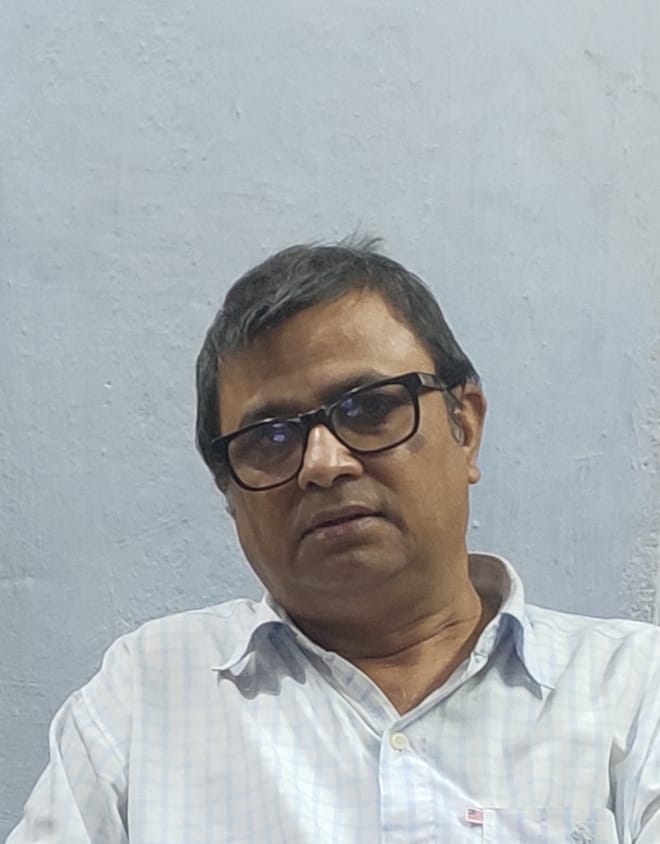
Dr. Bhaba Sankar Mukherjee
Associate Professor & Head
M.A., Ph.D
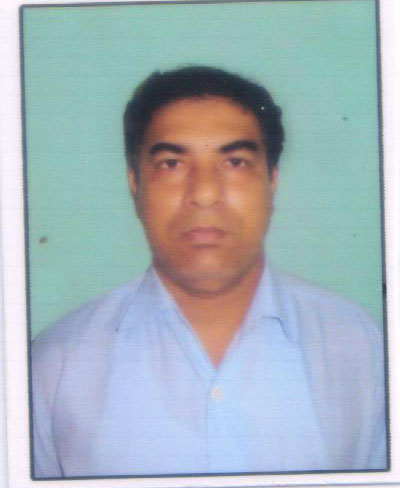
Dr. Gagan Chandra Dey
Associate Professor
M.A., M. Phil., Ph.D
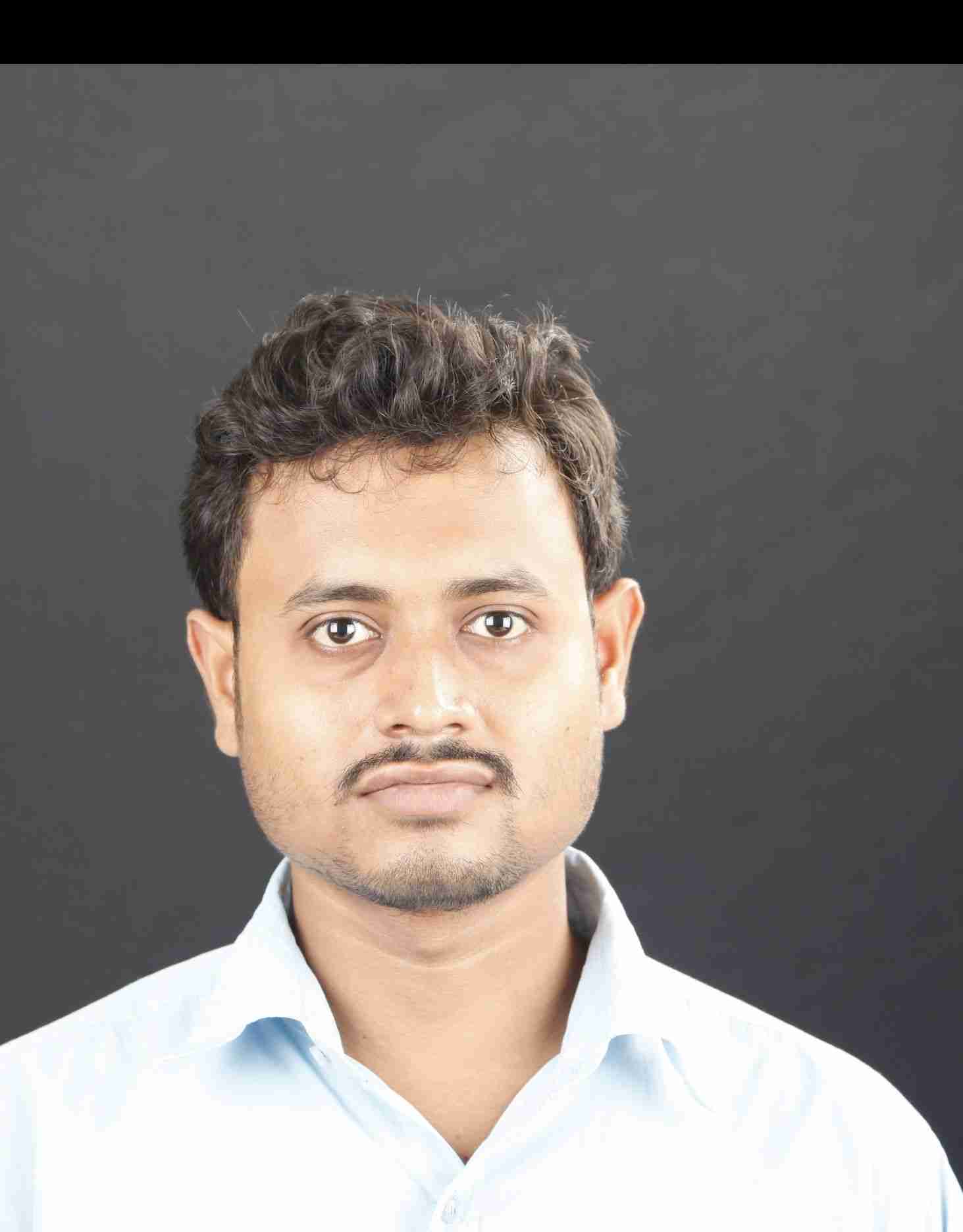
Dr. Sumanta Chowdhury
Assistant Professor
M.A., M. Phil, Ph.D.
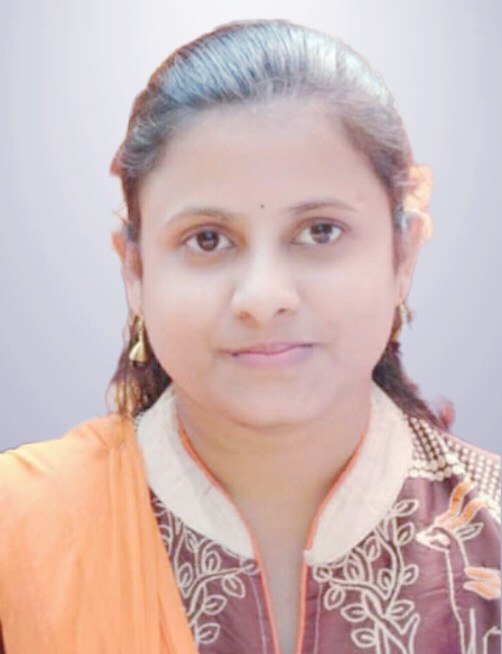
Miss Supriya Sui
Assistant Professor
M.A,B.ED
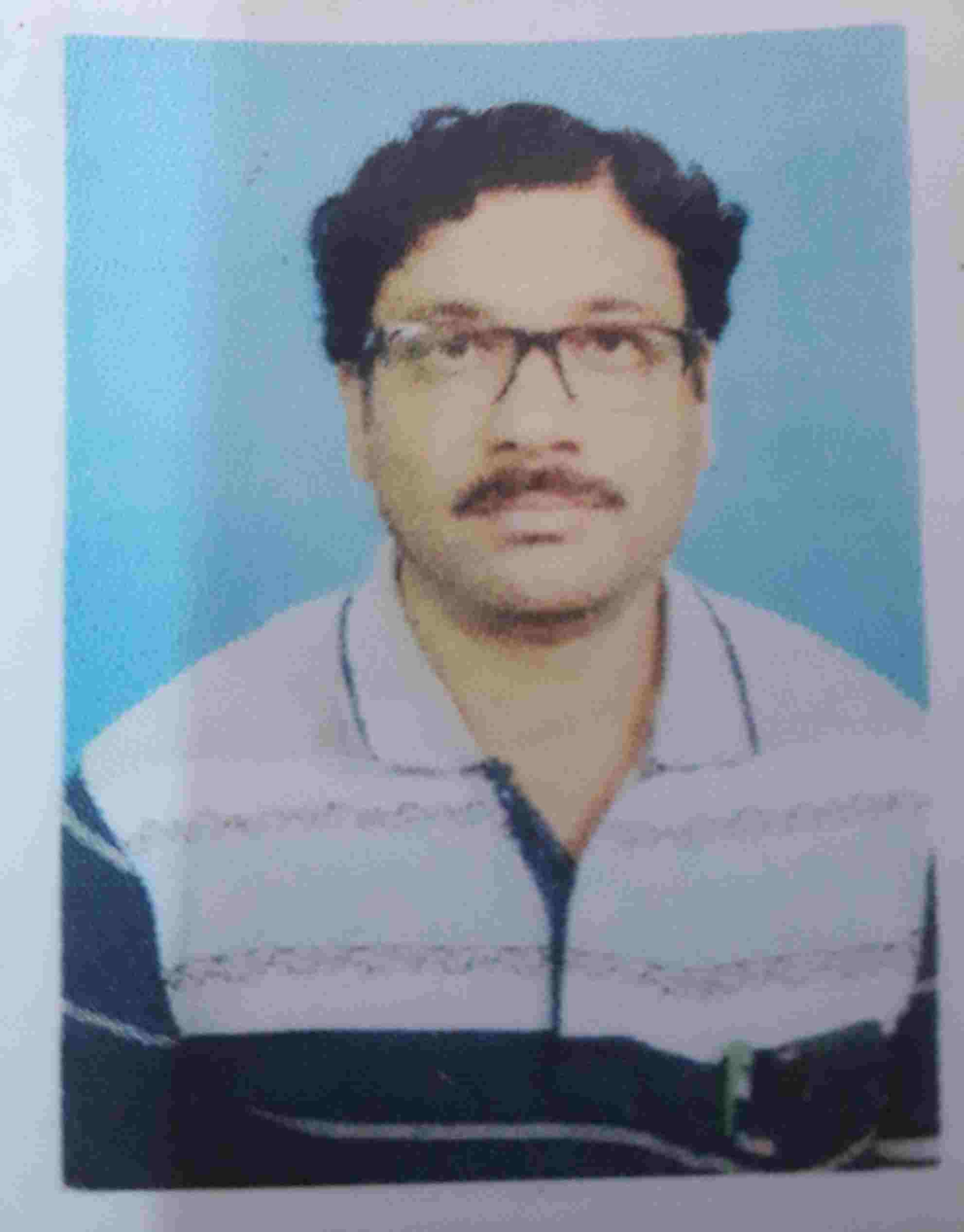
Dr. Tathagata Das
State Aided College Teacher (SACT)
M.A. Ph.D
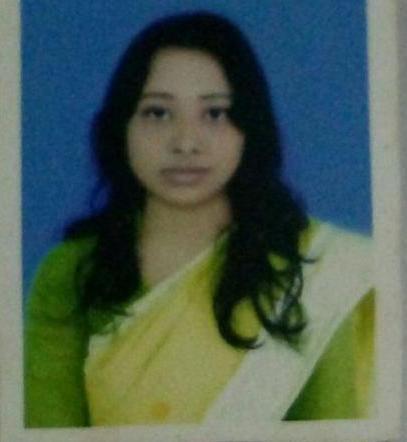
Smt. Susmita De
State Aided College Teacher (SACT)
M.A., B.Ed
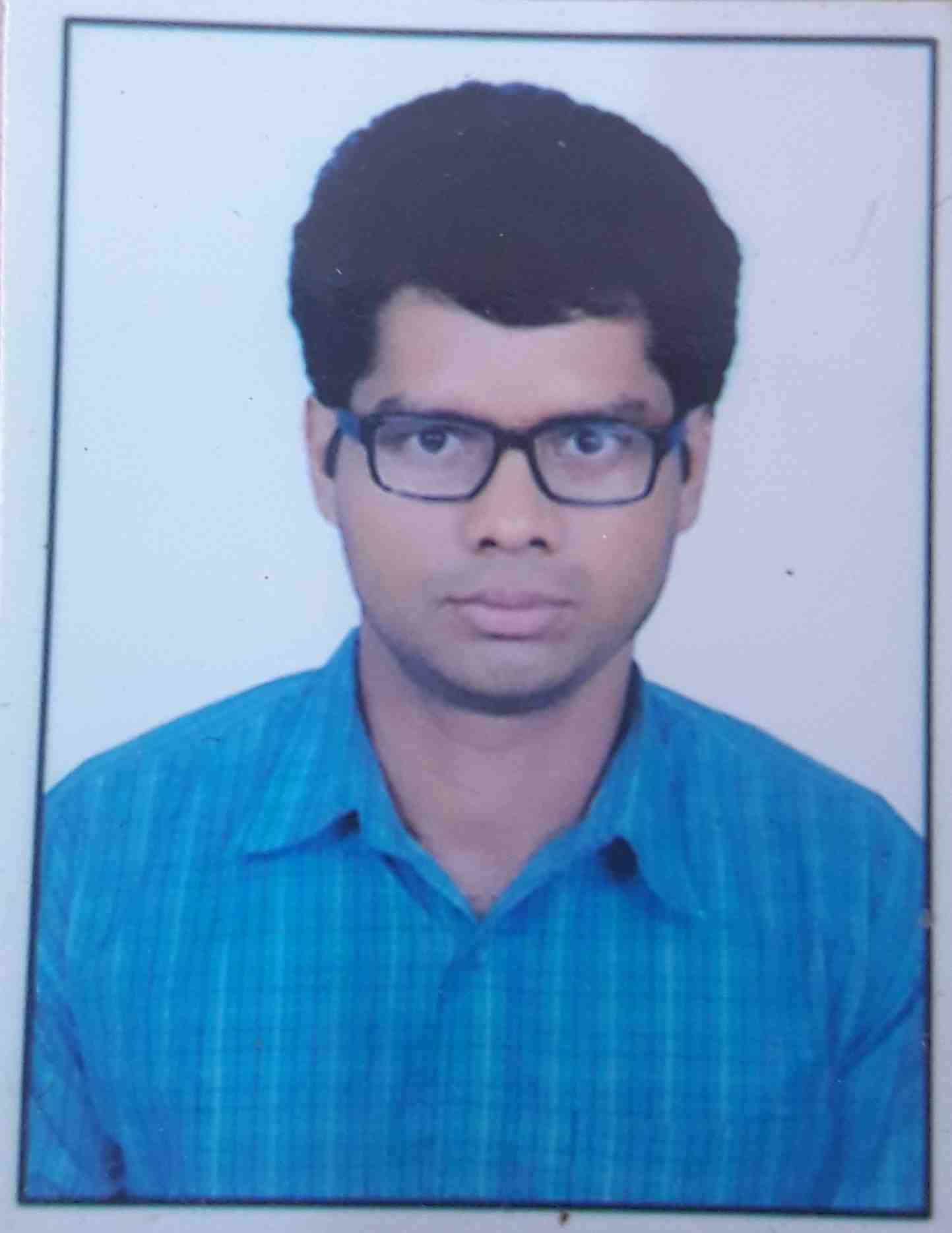
Mr. Nimai Santra
State Aided College Teacher (SACT)
M.A., M.Phil., B.Ed
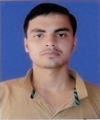
Mr. Krishnendu Dash
State Aided College Teacher (SACT)
M.A., M.Phil., B.Ed
Departmental Activities
On the auspicious day of the 26th January, 1968 the foundation stone of this Mahavidyalaya was laid by His Holiness SRI SRI SWAMI SWARUPANANDA PARAMAHANSA DEVA.
Department of Sanskrit along with other major faculties of this Mahavidyalaya started its journey and come into existence in the year 1970 and affiliated to the University of Calcutta and now to the Vidyasagar University, Paschim Medinipur, West Bengal with a mission to elevate the darkness ( highlighting the sacrsed versee Asato ma sadgamaya ) amongst poor and deserving pupil of the south-east region of the district.
Initially, learned educationist, donors of this sacred Alma mater, well-wishers of the area adopted a symbiotic role for manifestation of the potentiality of the young learners and introduced Sanskrit subject keeping the traditional sanctity of Indian culture and heritage and infrastructural pillar of all the vernacular in mind. As such during the period, Development of Sanskrit bloomed with the fragrance of knowledge and wisdom. During the time learned scholars enriched the department with their utmost effort to justify the vision and mission on the Institution and extended their service to teach Honours, General and courses of 12 classes.
During the smooth progress of the Department with its highest efficiency, Department of Higher Education, Govt. of West Bengal as well as Vidyasagar University bestowed Post Graduate studies to impart its classes since 2017.
Being a Post graduate Department, Department of Sanskrit arranges Seminar, Symposia workshop in its own capacity with the general support by the authority of the college. Apart from symposia, Seminars, Departmental day to day activities initiated to enhance the qualities of the Department.
Department expanded its wings with the faculty member like Dr. Bhaba Shankar Mukherjee, H.O.D., P.G. Department of Sanskrit, Dr. Gagan Chandra Dey, an erudite Associate Professor, very much vocal in Sanskrit and efficient scholar of Paninian School, Prof. Sumanta Chowdhury, a Sanskrit Grammarian guided by the ideology of Ramakrishna Mission, Prof. Supriya Sui newly entrant Assistant Professor of Philosophy school impart their effort for the betterment of the Department.
Besides the said faculties, State Aided College Teachers like Dr. Tathagata Das an Alumni of this Department, Prof. Susmita De also an Alumni of this Department, Prof. Nimai Santra, Prof. Krishnendu Das qualified themselves with U.G.C. approved degree like Ph.D., NET, SET etc afford their endeavour to the interest of the Department.
Facilities
Department of Sanskrit offers following facilities to the students both U.G & P.G with the assistance of the authority of the college.
- One classroom has been earmarked for the information and communication technology enabled classroom.
- Two projectors have been installed with Liquid Crystal Display (LCD) in two rooms for computerize and electronically data based classes for the students,
- Internet facilities are accessible in the department.
- One dedicated classroom earmarked for common students of the department in the name of virtual classroom.
- Department of Sanskrit initiated student support system beyond the class-room activities for career upliftment of students particularly pass out students.
- Educational tour, picnic, etc. organized in the department time to time.
Library & e-Resource
About 300 books are kept in the departmental custody for betterment of students and teachers. Books are issued to the teachers and students as per their requirements. As such a register book has been maintained under the custody of a departmental teacher. Two Sanskrit journals have been submitted for the department.
Face to face class teachings are made and feedbacks are taken to recognize the weak points of students as well as teachers.
Seminar & Workshop
Department of Sanskrit time to time arrange Seminar, Workshops etc. from these other departmental activities are incorporated activities i.e.
Thrust Area
Department of Sanskrit instituted with a goal to elevate the darkness amongst common deserving pupils through learning. Besides U.G. & P.G. classes, Department likes to move forward with a mission to open M.Phil and Ph.D courses. College authority already initiated the project for the purpose.
Departmental Routine
Question Bank
Question Paper 2023-2024
| Sl.No. | Year of Exam | Title | Download |
|---|---|---|---|
| 1 | 2023 | UG (H) SEM-I QUESTION BANK (NEP) | Download |
Departmental Notice Board
| Sl.No. | Date | Title | View/Download |
|---|---|---|---|
| 1 | 19 Jun 2025 | UG SEM-VI internal Assessment of Department of Sanskrit | Download |
Syllabus
| Sl.No. | Title | View/Download |
|---|---|---|
| 1 | SANSKRIT_PG SYLLABUS (NEW) | Download |
| 2 | SANSKRIT_NEP SYLLABUS (UG SEM-I & II) : MULTIDISCIPLINARY | Download |
| 3 | SANSKRIT_NEP SYLLABUS (UG SEM-III & IV) : MEJOR | Download |
| 4 | SANSKRIT_NEP SYLLABUS (UG SEM-I & II) : MULTIDISCIPLINARY | Download |
| 5 | SANSKRIT_NEP SYLLABUS (UG SEM-I & II) : MEJOR | Download |